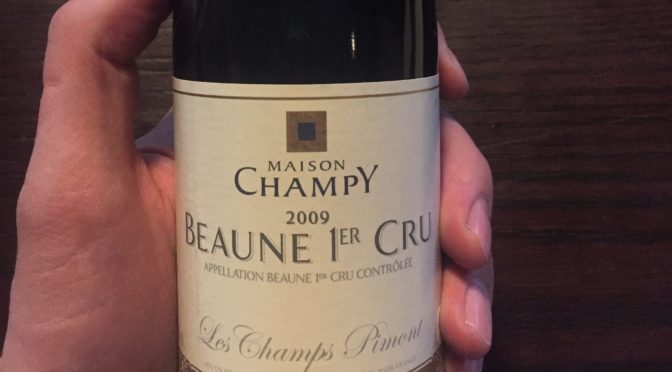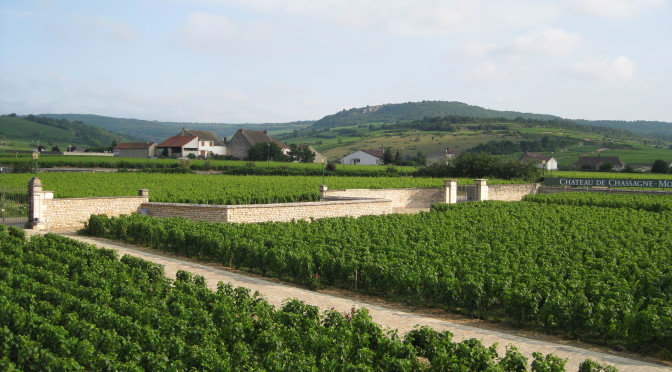So, I’m about to sit down to a bit of wine and I thought I’d share with you all how I enjoy my favourite beverage in an optimal way. In case you don’t know, I’m a level 3 Advanced WSET sommelier. I don’t share that fact for props; rather, to let you know I enjoy the scientific and have a little bit of training to back up some of the following.
I’ve heard it said (and I rather agree) that the most important way to increase the enjoyment of wine is the right temperature. The second is the right glassware. Obviously, these only really apply when you start drinking some quality wine. I don’t care what temperature you serve Blue Nun at, it’s always going to be $9 wine.
Right Temperature
This is by far the most important part of opening a new bottle. Most people put white in the fridge and keep red on the counter (or, if you’re fancy, in a rack). However, refrigerators are usually set somewhere around 35°F/1.6°C. That is WAY too cold for whites (you won’t be able to smell the aromas properly). And, most people have their room temperature set around 70°F/21°C, which is way too warm for most reds.
A good rule of thumb is to serve reds between 55-65°F/13-18°C and whites between 45-50°F/7-10°C. If you want to get even more specific by the type of wine you’re drinking, you can view this excellent Varietal Serving Temperature Chart.
But seriously, who has any idea how long to put a bottle in the fridge to get it to the right temperature?! Have no fear. I have more thumbs and more rules of them. Average refrigerators cool about 10-12°F/6-7°C every hour. So, roughly, if you want to have a nice Cabernet Sauvignon that has been brought home from the wine store, set a timer on your phone and put it in the fridge for 2 hours. Generally, you’ll want to wait about 30-45 minutes for a white wine that has been in the fridge for the day to warm up the required amount.
The Right Glassware
This is where the critics may jump in and say that varietal-specific glassware (popularized by RIEDEL) is simply a money grab and that it doesn’t make any difference at all. Well, I’ve been to several RIEDEL tasting events and can assure that that either through the placebo effect (aka social proof) or from the science they tout, there certainly is a difference between drinking from a plastic cup and from a crystal glass.
Keep in mind that part of the joy of drinking wine is the experience and the luxury. Just as a three piece suit and dirty crocs don’t really go together, there is something to be said about a beautiful wine in a beautiful glass.
Scientifically, at least purchase crystal wine glasses. Microscopically, glass is smooth, but crystal is very jagged (or lead/mineral glass as it should probably be called). When wine is swirled in a crystal wine glass, the jagged edges of the crystal increase the surface area of the phenolic compounds (what makes things smell). Furthermore, crystal is much stronger than glass meaning that it can be spun much thinner at the rim. This causes the wine to flow into your mouth (and therefore, all over your palate) at a more uniform speed. Lead glass/crystal also refracts light which will make your wine look better (yes, snobs like me look at their wine carefully before drinking it).
The Right Knowledge
Now, for the part that I have added on my own to this. As I am interested in wine, I am always keen on increasing my knowledge as it concerns wine types, wine regions, vintages (years), etc. As in, I like to know a little bit about my wine before I drink it. Some people may not care about this, but 10 minutes of Googling prior to drinking a bottle adds up to a whole lot of knowledge over time. Winemaking practices of those in Bordeaux compared to the processes employed in Australia are vastly different. Reading a little about the winery, the wine type, and the year it was produced goes a long way in becoming more wine-wise over time.
Winery– Simply Google the winery. See if you can find a page dedicated to the wine you’re drinking (take note of the year). Then, simply look at the “About Us” page and scan it for any tidbits that may affect something about the wine (ex. “We only use unused, new French oak barrels”). Put this in your head and keep it in mind when you look, smell, and taste your wine.
Year– I love this one. Have you ever heard a wine nerd say something like, “2007 was such an amazing year for Napa!” Well, that is a measurement confirmed by one of the popular wine critics. I use Wine Spectator’s vintage charts to find the region and wine that I’m about to enjoy.
Varietal– This was the focus of most of my wine training, but if you’re a novice, simply hit Wikipedia. Look up the name of the grape (ex. “Chardonnay”) and read the first paragraph(s) before the Contents box.
Putting it All Together
I’m enjoying a half bottle of Beaune (Burgundy) Pinot Noir this evening. Let’s look at what I did prior to popping the cork.
Temperature– This was sitting in my room temperature wine rack, so I popped it into the fridge for 90 minutes. From our rough rules above, that means it is currently at around 55°F/13°C. Perfect!
Glass– I am drinking this in a REIDEL Sommelier Series Burgundy Grand Cru glass. Expensive. Fancy. Crystal. Perfect for a beautiful French Pinot Noir.
Winery– Google has pointed me towards Maison Champy‘s website. The site no longer has a 2009 vintage chart, but it does have a 2013 Beaune 1er Cru page which I’ll read. I read to see it’s bright ruby (although, my 2009 will probably be a bit darker cause of its age). 2013 is intense, spicy, and floral on the nose. These things are fun to look for when I smell it. Let’s see if my older vintage is similar! Finally, I go to the Winemaking page and read about how this particular winery does its day-to-day.
Year– Wine Spectator says that 2009 scored 93 (quite impressive!) and that I should be drinking or holding this wine. This is good! It is 2017 while I’m writing this post. If WS says it’s good to drink, it means that I am not missing out on some mature flavours I might get if I had waited. But, if I change my mind, I can probably put this back in my cellar for another year or two and check back again (if it only says “Drink”, get your corkscrew… your wine might spoil soon!).
Varietal– I know lots about this from my training, but if you don’t, a quick visit to Wikipedia will show an amazing section devoted to Pinot Noir from France. If you’re curious, have a read (“complex fruit and forrest floor flavours“)!
Time to publish this and go enjoy my wine ten times more than drinking a room temperature wine I know nothing about from a mug!


